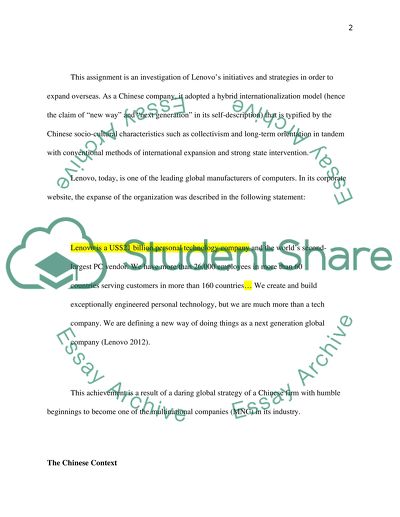Cite this document
(“Lenovo's global strategy Assignment Example | Topics and Well Written Essays - 3000 words”, n.d.)
Lenovo's global strategy Assignment Example | Topics and Well Written Essays - 3000 words. Retrieved from https://studentshare.org/macro-microeconomics/1401979-international-businessanswer-the-following
Lenovo's global strategy Assignment Example | Topics and Well Written Essays - 3000 words. Retrieved from https://studentshare.org/macro-microeconomics/1401979-international-businessanswer-the-following
(Lenovo'S Global Strategy Assignment Example | Topics and Well Written Essays - 3000 Words)
Lenovo'S Global Strategy Assignment Example | Topics and Well Written Essays - 3000 Words. https://studentshare.org/macro-microeconomics/1401979-international-businessanswer-the-following.
Lenovo'S Global Strategy Assignment Example | Topics and Well Written Essays - 3000 Words. https://studentshare.org/macro-microeconomics/1401979-international-businessanswer-the-following.
“Lenovo'S Global Strategy Assignment Example | Topics and Well Written Essays - 3000 Words”, n.d. https://studentshare.org/macro-microeconomics/1401979-international-businessanswer-the-following.


